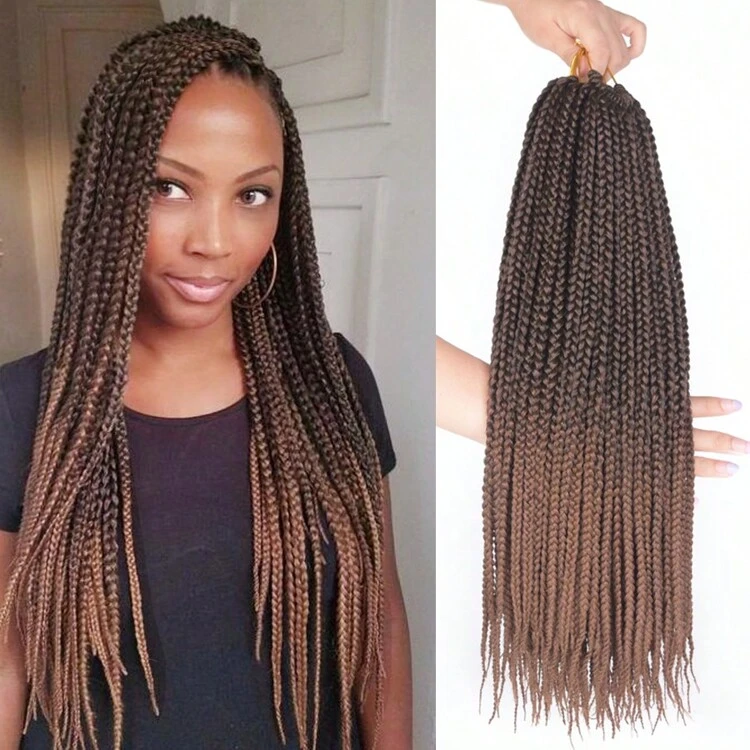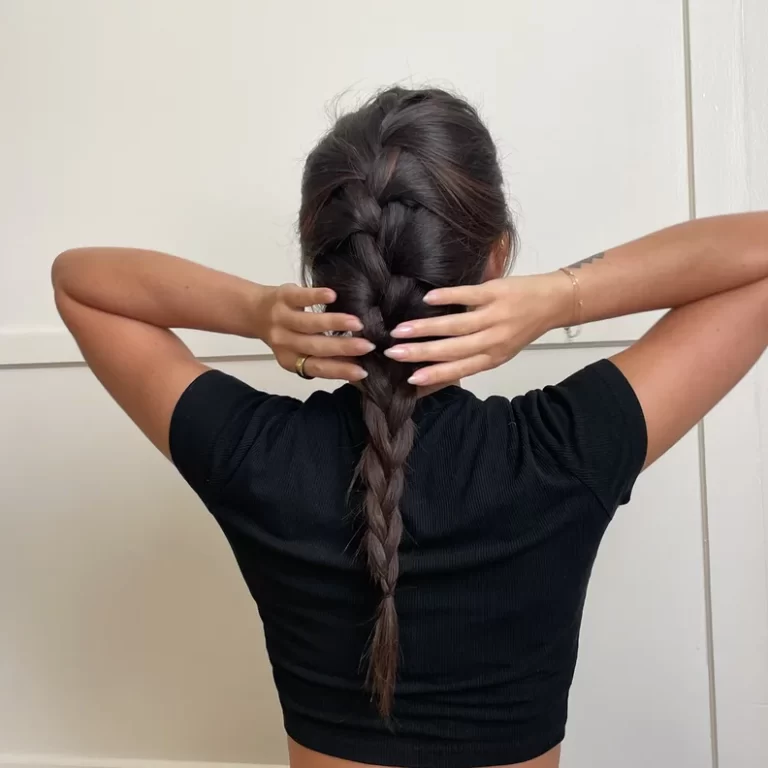
Perfect Hair Length for Braids: A Guide
Introduction to Braids as a Protective Hairstyle
Braids are more than just a hairstyle; they are a protective method that helps to maintain the health and promote the growth of your hair. As a unique combination of beauty and practicality, braids serve as an excellent way to preserve your hair from the daily wear and tear. This style limits continuous exposure to heat and chemical styling products, which can cause significant damage over time.
Choosing to braid your hair means giving it a break from the strain of daily styling routines. This break allows your hair strands to recuperate and strengthen. Moreover, depending on how they’re installed, braids can keep your hair organized and less prone to tangling, reducing breakage when detangling.
Braids can be worn in countless styles, each offering a unique look while still providing significant protective benefits. Whether you opt for box braids, cornrows, or twist braids, each style keeps the hair secured and minimizes exposure to potential damage. Furthermore, this hairstyle is versatile enough to be elegant or casual, making it suitable for various occasions and daily routines.
In summary, adopting braids as a protective hairstyle is beneficial for anyone looking to reduce hair damage, promote growth, and enjoy a versatile style. However, remember that proper maintenance, such as moisturizing and nighttime care, is pivotal in maximizing the protective benefits while keeping your braids looking fresh.
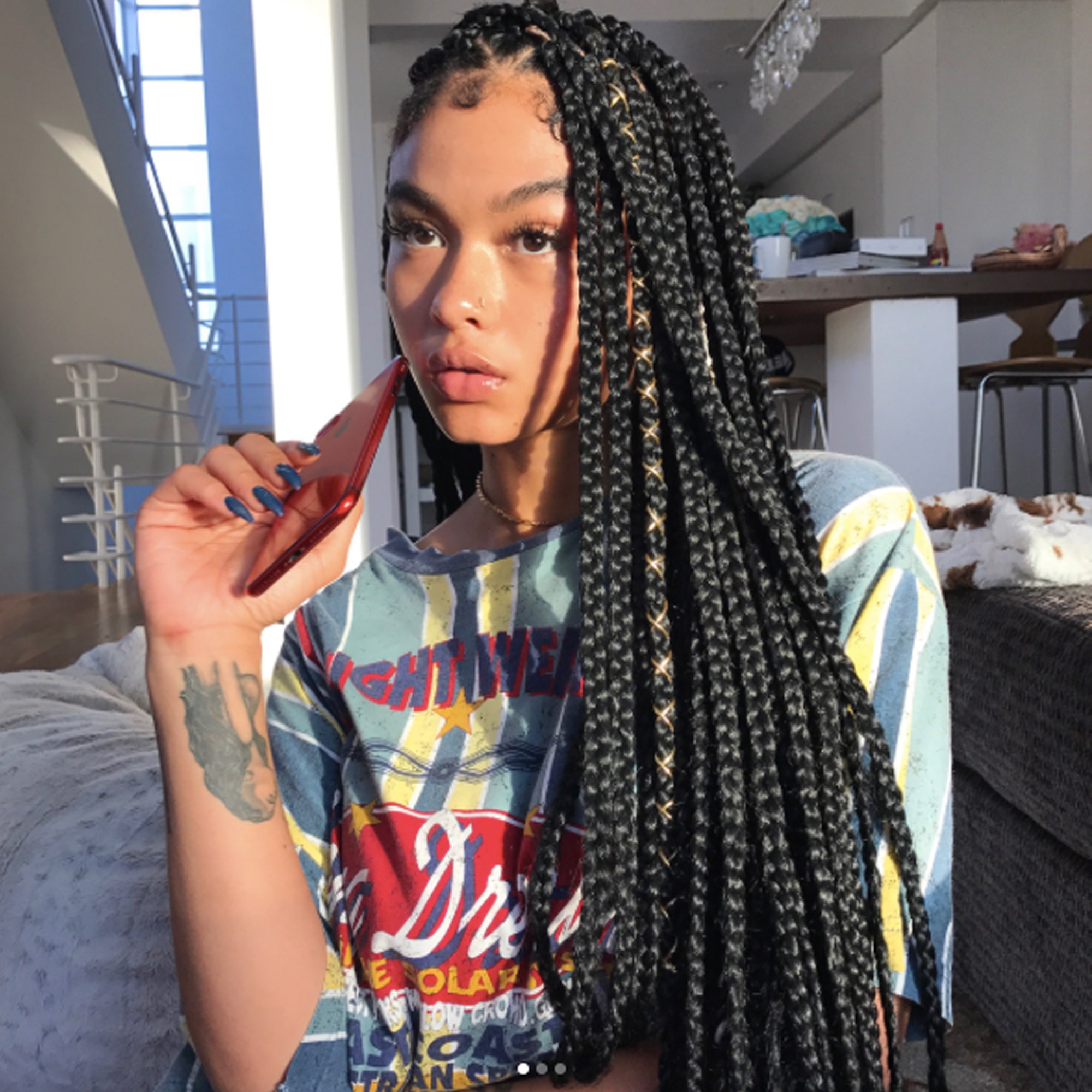
Preparing Your Hair for Braid Installation
Before you braid your hair, proper preparation is crucial for a successful and lasting hairstyle. Start by cleansing your scalp to prevent clogs and damage to your pores. A clean scalp will help your hair grow during the protective style period. Use a clarifying shampoo for a deep clean, ensuring that all residue is removed.
Next, focus on conditioning. Braids mean fewer washes, so infuse your strands with moisture now. Apply a deep conditioner for healthy, hydrated hair ready for braiding. This step makes sure your hair stays strong while it’s braided.
Your hair’s health before braiding determines how well the style holds up. Avoid braiding weak or overly damaged hair as it can lead to more harm. If needed, trim your ends before braiding. This gets rid of split ends that could worsen over time.
Detangle your hair gently from tips to roots before the braiding process. Tangles can make braiding difficult and can pull on the hair. Use a wide-tooth comb for minimal breakage and distress to your hair.
Remember, hair prep is not just about immediate care. It’s a good time to assess your hair’s overall health. Address any prior damage or weakness with appropriate treatments. Only then, move forward with the braid installation.
Nighttime Care for Your Braids
Taking care of your braids at night is crucial for their longevity. Wrap your braids in a silk scarf or bonnet before bed to reduce friction. This simple step prevents frizz and keeps edges smooth.
If a head wrap is not your style, choose a silk pillowcase. It creates a soft surface that minimizes hair breakage and frizz while you rest. Make sure it’s clean to avoid transferring oils and build-up to your hair.
Avoid tight ponytails or buns as they can strain your roots. Instead, loosely tie your braids to reduce tension on your scalp. This helps maintain the overall health of your hair.
Lastly, if any braids feel tight or uncomfortable, tend to them. Adjust as needed to prevent unnecessary stress on your hair follicles. Remember, proper nighttime care will keep your braids looking fresh and protect your natural hair.
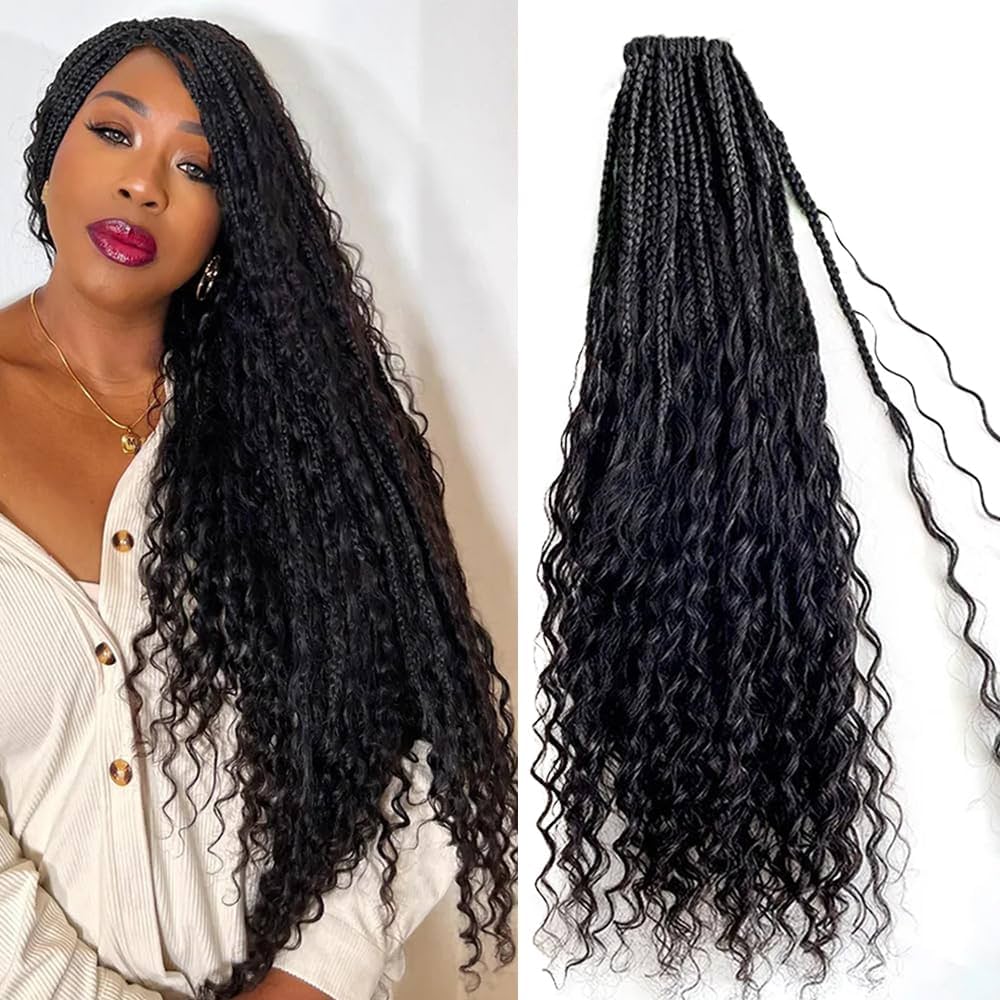
Moisturizing and Maintaining Your Scalp Health
Caring for your scalp is key when you have braids. Since you won’t wash your hair as often, your scalp might dry out quicker. To keep it hydrated, lightly spray it with water regularly. You can also apply natural oils like coconut oil. This helps to moisturize and soothe your scalp. But be careful not to use too much product. Build-up can clog your pores, which isn’t good for hair growth.
A dry scalp can also lead to itchiness, so it’s important to keep it clean. Once in a while, use a gentle cleanser or a cloth to wipe around your braided parts. This will help prevent buildup. Remember, a well-moisturized scalp means a more comfortable experience with your braids.
To sum up, maintain your scalp health by moisturizing and keeping it clean. This will help keep your braids looking good and your hair healthy.
When to Remove Your Braids to Avoid Damage
Braids are a fantastic protective hairstyle, but they are temporary. It’s vital to know when to take them out to prevent any harm to your hair. Leaving braids in too long can cause tension that leads to hair breakage or loss. Here are some critical pointers to help you decide the right time to remove your braids:
- Timeline Considerations: Generally, braids should be kept for about four to eight weeks. Beyond this period, the risk of damaging your hair increases.
- Check for Frizz and Looseness: Start thinking about removal when your braids begin to frizz extensively or become very loose at the roots.
- Scalp Health: If your scalp becomes itchy or shows signs of buildup, it’s time to take down the braids. A healthy scalp is crucial for healthy hair.
- Overall Comfort: If your braids start feeling uncomfortable, or you notice increased tension at your hairline, consider removing them to avoid further stress on your hair.
Proper timing in removing your braids can help maintain the health of your hair and scalp. Always consider your comfort and the signs your hair provides.
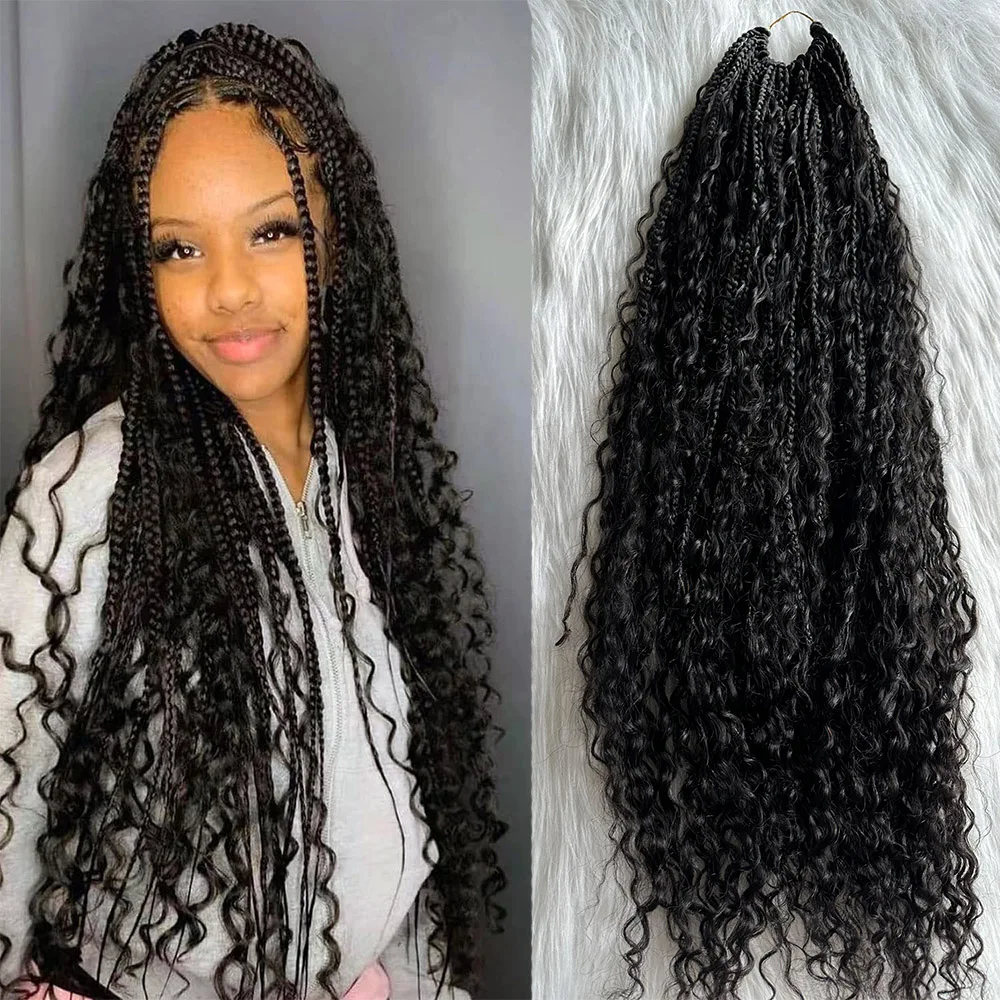
Resting Your Hair Between Braiding Sessions
Giving your hair some rest between braiding sessions is essential for maintaining its health. Prolonged use of protective styles like braids can strain and stress your hair and scalp. Here is why and how you should allow your hair some breathing space:
- Reduce Breakage: Constant tension from braids can weaken hair strands over time. A break can help prevent breakage and maintain hair strength.
- Scalp Recovery: Your scalp needs time to recover from any tension and build-up. Use this time to treat your scalp with gentle massages and proper cleansing.
- Hair Treatment: Between braiding, apply hair masks or deep conditioners. These treatments can replenish moisture and strengthen your hair.
- Natural Hair Assessment: Without braids, assess the health of your natural hair. Check for any signs of damage or areas that may need extra care.
- Promote Growth: Rest periods can stimulate hair growth when you treat your hair and scalp kindly. Use this time for nourishing routines that support growth.
How long should the break be? Aim for at least a few weeks between installations. Listen to your hair; if it still feels fragile, extend the break. Always put the health of your hair first for a beautiful, long-lasting braid style in the future.
Hair Length Requirements for Different Braid Styles
Choosing the right braid style often depends on the length of your hair. Here, we break down the length requirements for popular braiding styles to ensure you’re prepared.
Box Braids:
For box braids, your hair should be at least 2 inches long. This length provides enough hair to grip during braiding.
Cornrows:
To achieve neat cornrows, you need hair that is at least 1.5 to 2 inches. This ensures the braids are secure and tidy.
Twists:
Two-strand twists work well on hair that starts at 2 inches long. Longer hair offers more versatility in styling.
Feed-In Braids:
Opt for feed-in braids if you have 3 inches of hair or more. This length helps to properly attach and secure the extensions.
Having the correct hair length for the style you desire is crucial. It prevents tension and stress on your scalp. Always consider these lengths before deciding on a braid style.

Consulting a Professional for the Perfect Braiding Experience
For the best braiding results, you should consult with a professional braider. They have the skills to assess your hair and recommend the right style. Here are reasons why seeing a pro is crucial:
- Expert Opinion: A professional can guide you on styles that suit your hair length and texture.
- Correct Technique: They use techniques that prevent hair damage and ensure the braids last.
- Customization: Professionals tailor the braids to fit your personal style and preferences.
- Scalp Care: They can provide tips on how to care for your scalp and hair while braided.
- Safe Removal: Pros know how to take down braids safely, ensuring your hair remains healthy.
Remember, ‘How long does my hair need to be for braids’ is a common question, but a professional can help even if your hair is shorter. They may suggest extensions or other options.
In summary, for a perfect braiding experience, always consult with a skilled braider. They will help you achieve the look you want without compromising hair health.
